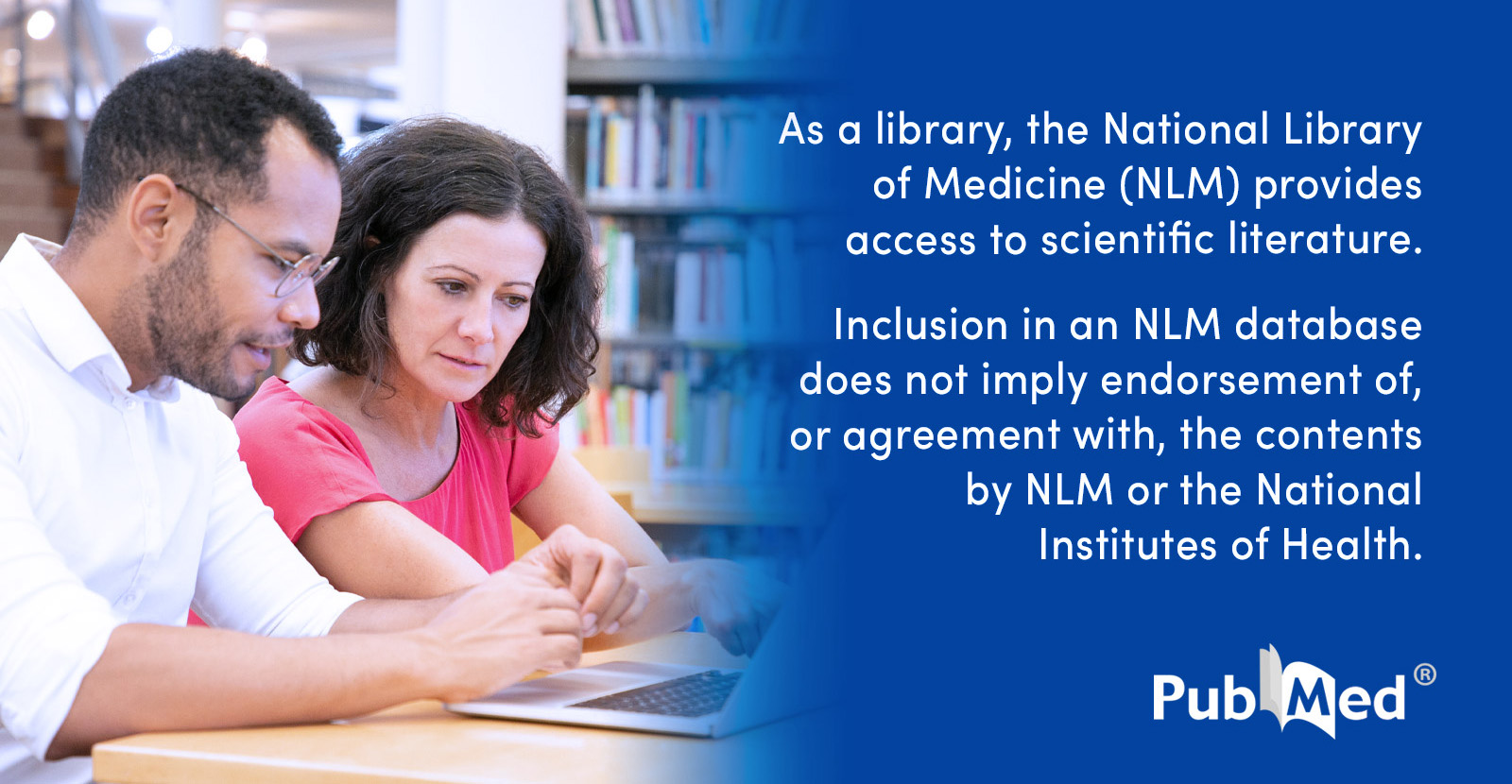Looksmax

Aesthetics Matter
Staff
- Joined
- Aug 11, 2018
- Posts
- 72
- Reputation
- 1,700
Infrared light therapy
Aging: Photo Evidence
https://www.ncbi.nlm.nih.gov/pmc/articles/PMC3926176/
After 30days of sessions lasting 15-30minutes
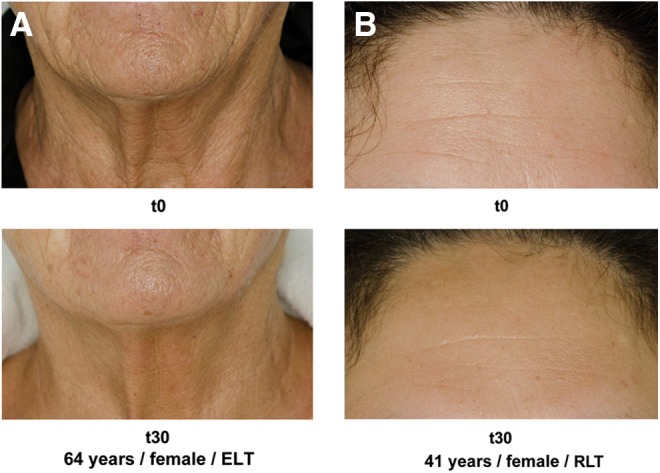
http://www.ncbi.nlm.nih.gov/pmc/articles/PMC2687728/

Collagen production
https://www.ncbi.nlm.nih.gov/pubmed/19593638
"In treated animals, the extent of edema and the number of inflammatory cells were reduced (P < 0.05). The amount of collagen in graft treated with low-level laser were significantly higher than those of controls (P < 0.05) and were statistically more prominent on the 14th day after surgery. The mean count of fibroblasts was significantly higher in the low-laser therapy group within the 3rd day, showing a marked influx of fibroblasts into area. In conclusion, wound healing of the ADM appear to be positively affected by laser therapy."
(fibroblasts are responsible for collagen production)
Collagen density after 30days after infrared light therapy https://www.ncbi.nlm.nih.gov/pmc/articles/PMC3926176/

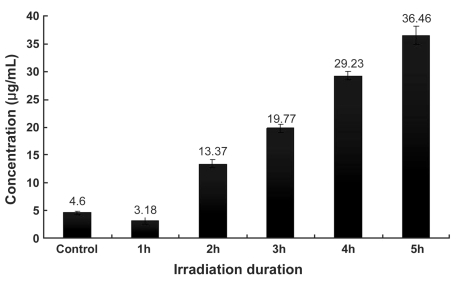
(concentration of collagen)
http://www.ncbi.nlm.nih.gov/pubmed/15654716
Skin textural improvement by digital imaging and surface profilometry is accompanied by increased collagen I deposition with reduced MMP-1 (collagenase) activity in the papillary dermis. This technique is a safe and effective non-painful non-ablative modality for improvement of photoaging.
http://www.ncbi.nlm.nih.gov/pubmed/19764893
The fibroblasts cultured with the keratinocyte conditioned medium, particularly with a combination of 630/850, increased collagen levels.
http://www.ncbi.nlm.nih.gov/pubmed/19587693
Results yielded a mean percent difference between LED-treated and non-LED-treated HRS of 31% in levels of type-1 procollagen and of -18% in MMP-1. Furthermore, profilometry quantification revealed that more than 90% of individuals showed a reduction in wrinkle depth and surface roughness, and, via a blinded clinical assessment, that 87% experienced a reduction in the Fitzpatrick wrinkling severity score after 12 LED treatments. No adverse events or downtime were reported. Our study showed that LED therapy reversed collagen downregulation and MMP-1 upregulation. These findings suggest that LED at 660 nm is a safe and effective collagen-enhancement strategy.
Acne: (most of these are with blue light as they have synergistic effects anti inflammatory + anti bacterial)
https://www.ncbi.nlm.nih.gov/pubmed/24313686
At 1 month, >90% clearance or moderate improvement occurred in 22/50 (44%) patients in the LED group. There was no control group.
https://www.ncbi.nlm.nih.gov/pubmed/27762647 (states it is more efficient that salicylic acid for acne)
"The combined use of red and blue lights due to their anti-inflammatory and wound-healing properties is a more efficient alternative for treating Acne vulgaris in relation to SA and proves more reliable and without side effects, improving the adolescents' skin health."
https://www.ncbi.nlm.nih.gov/pubmed/23278295
"At the final visit at 12 weeks, both inflammatory and noninflammatory acne lesions had decreased significantly, by 77% and 54%, respectively, in the treatment group. No significant difference was observed in the control group.
http://www.ncbi.nlm.nih.gov/pubmed/16414904
Reduces Acne with a 90% Reduction in Pore Size (when combined with blue light)
Clinical evaluation: how much improvement on a 10point scale
Self evaluation
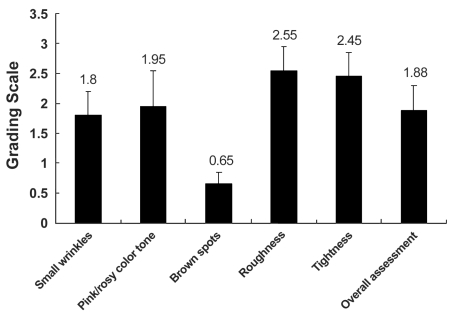
Medical examiners evaluation
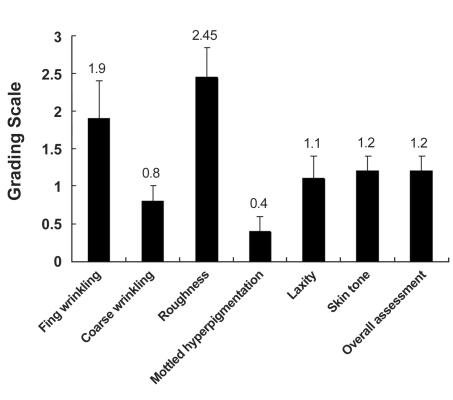
TL;DR
Increases collagen (4.6ug/ml -> 36.36ug/ml after 5hours)
Decreases wrinkles and fine lines
Decreases acne (from 77%->90% improvements noted) (more effective than salicylic acid)
anti inflammatory
If you are interested in researching this more for health and other purposes: (1500 studies compiled on infraredlight therapy)
(comment if you want me to tag you in the future)
@Soulsmaxx @Vitruvian @Zeta ascended @TubOfLard
Aging: Photo Evidence
https://www.ncbi.nlm.nih.gov/pmc/articles/PMC3926176/
After 30days of sessions lasting 15-30minutes
http://www.ncbi.nlm.nih.gov/pmc/articles/PMC2687728/
Collagen production
https://www.ncbi.nlm.nih.gov/pubmed/19593638
"In treated animals, the extent of edema and the number of inflammatory cells were reduced (P < 0.05). The amount of collagen in graft treated with low-level laser were significantly higher than those of controls (P < 0.05) and were statistically more prominent on the 14th day after surgery. The mean count of fibroblasts was significantly higher in the low-laser therapy group within the 3rd day, showing a marked influx of fibroblasts into area. In conclusion, wound healing of the ADM appear to be positively affected by laser therapy."
(fibroblasts are responsible for collagen production)
Collagen density after 30days after infrared light therapy https://www.ncbi.nlm.nih.gov/pmc/articles/PMC3926176/
(concentration of collagen)
http://www.ncbi.nlm.nih.gov/pubmed/15654716
Skin textural improvement by digital imaging and surface profilometry is accompanied by increased collagen I deposition with reduced MMP-1 (collagenase) activity in the papillary dermis. This technique is a safe and effective non-painful non-ablative modality for improvement of photoaging.
http://www.ncbi.nlm.nih.gov/pubmed/19764893
The fibroblasts cultured with the keratinocyte conditioned medium, particularly with a combination of 630/850, increased collagen levels.
http://www.ncbi.nlm.nih.gov/pubmed/19587693
Results yielded a mean percent difference between LED-treated and non-LED-treated HRS of 31% in levels of type-1 procollagen and of -18% in MMP-1. Furthermore, profilometry quantification revealed that more than 90% of individuals showed a reduction in wrinkle depth and surface roughness, and, via a blinded clinical assessment, that 87% experienced a reduction in the Fitzpatrick wrinkling severity score after 12 LED treatments. No adverse events or downtime were reported. Our study showed that LED therapy reversed collagen downregulation and MMP-1 upregulation. These findings suggest that LED at 660 nm is a safe and effective collagen-enhancement strategy.
Acne: (most of these are with blue light as they have synergistic effects anti inflammatory + anti bacterial)
https://www.ncbi.nlm.nih.gov/pubmed/24313686
At 1 month, >90% clearance or moderate improvement occurred in 22/50 (44%) patients in the LED group. There was no control group.
https://www.ncbi.nlm.nih.gov/pubmed/27762647 (states it is more efficient that salicylic acid for acne)
"The combined use of red and blue lights due to their anti-inflammatory and wound-healing properties is a more efficient alternative for treating Acne vulgaris in relation to SA and proves more reliable and without side effects, improving the adolescents' skin health."
https://www.ncbi.nlm.nih.gov/pubmed/23278295
"At the final visit at 12 weeks, both inflammatory and noninflammatory acne lesions had decreased significantly, by 77% and 54%, respectively, in the treatment group. No significant difference was observed in the control group.
http://www.ncbi.nlm.nih.gov/pubmed/16414904
Reduces Acne with a 90% Reduction in Pore Size (when combined with blue light)
Clinical evaluation: how much improvement on a 10point scale
Self evaluation
Medical examiners evaluation
TL;DR
Increases collagen (4.6ug/ml -> 36.36ug/ml after 5hours)
Decreases wrinkles and fine lines
Decreases acne (from 77%->90% improvements noted) (more effective than salicylic acid)
anti inflammatory
If you are interested in researching this more for health and other purposes: (1500 studies compiled on infraredlight therapy)
(comment if you want me to tag you in the future)
@Soulsmaxx @Vitruvian @Zeta ascended @TubOfLard


